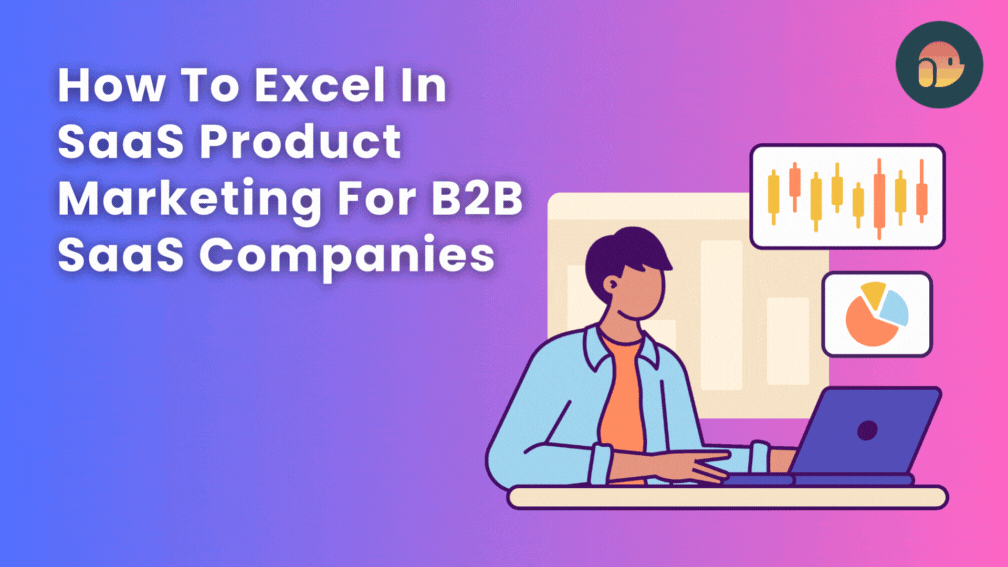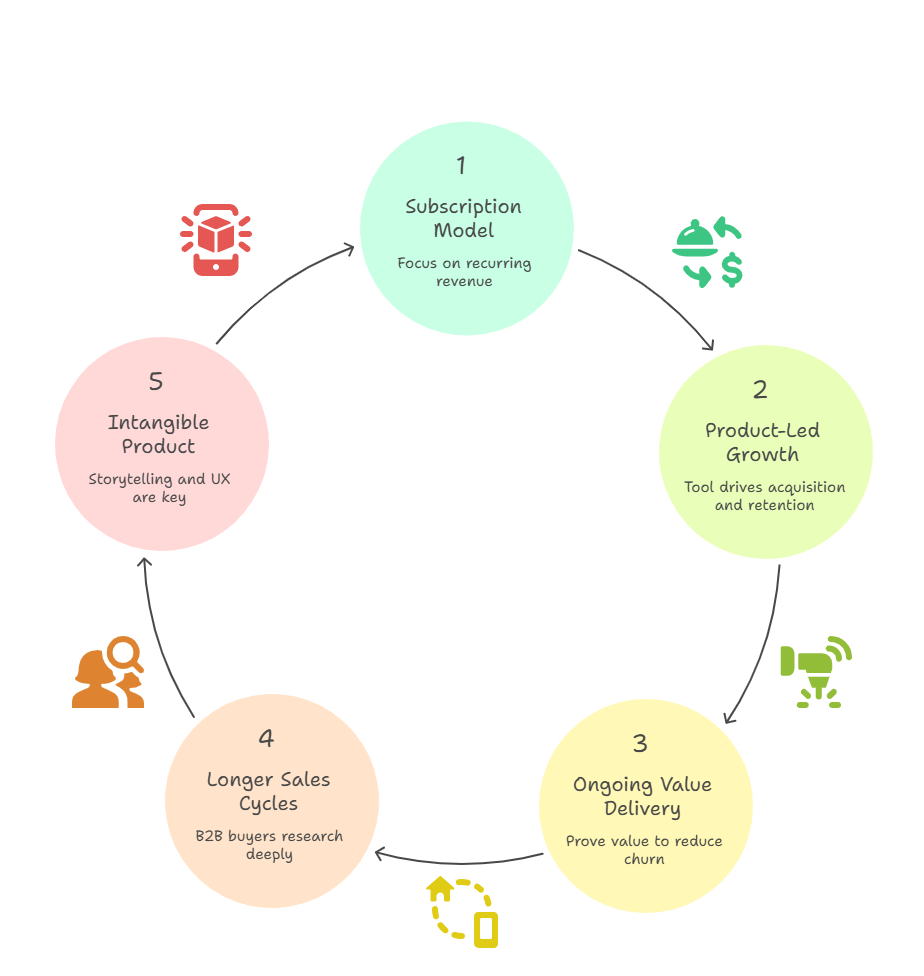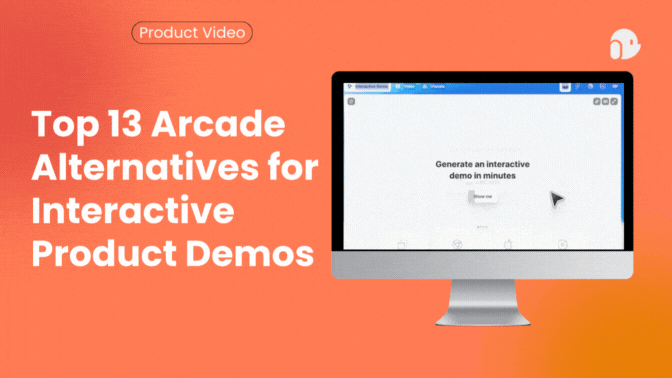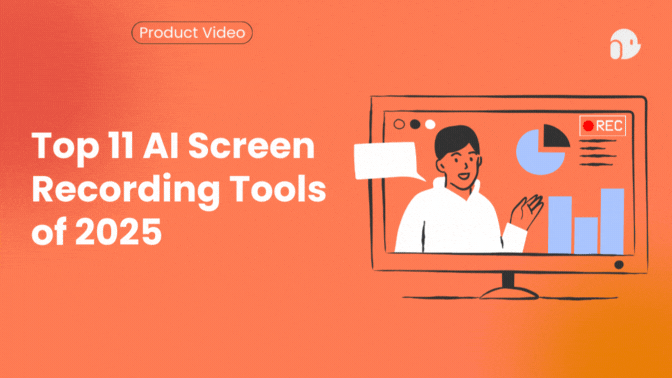How To Excel In SaaS Product Marketing For B2B SaaS Companies

In today’s hyper-competitive B2B SaaS landscape, product marketing isn’t just a function,it’s a growth engine. To stand out and scale, SaaS companies must go beyond features and focus on customer value, positioning, and retention. Let’s explores how to excel at SaaS toolmarketing by aligning strategy, content, and data across the customer journey.
Understand What Makes SaaS Product Marketing Unique
SaaS product marketing isn’t just about selling software,it’s about guiding customers through an ongoing relationship with your product. Unlike traditional marketing, SaaS requires you to think long-term.
Here’s what sets it apart:
- Subscription-based model: Focus on recurring revenue, not one-time sales
- Product-led growth: The tool itself drives acquisition and retention
- Ongoing value delivery: You must constantly prove value to reduce churn
- Longer sales cycles: B2B buyers research deeply before committing
- Intangible product: No physical demo, so storytelling and UX are key
Succeeding in SaaS marketing means mastering both strategy and user experience across the full customer lifecycle.

Position Your Product Strategically
To stand out in a crowded SaaS market, your tool must speak clearly to the right audience. Strong positioning aligns your product’s strengths with customer needs.
Start with a clear Unique Value Proposition (UVP), a short, bold statement that answers:
Why should someone choose your platform over others?
Popular SaaS positioning strategies include:
- Differentiation-based: Highlight a unique feature or workflow
- Customer-segment based: Tailor messaging to a specific industry or role
- Convenience-based: Emphasize ease of setup, speed, or integration
- Support-focused: Offer white-glove onboarding or 24/7 help
Effective positioning drives stronger messaging, better conversions, and long-term loyalty.For a deeper dive into aligning product and sales through data-driven go-to-market strategies, check out our guide on AI-powered GTM strategies.
Use Content to Drive Education and Demand
In SaaS, content isn’t optional, it’s essential. B2B buyers rely on content to research, compare, and justify purchase decisions.
Craft content that meets prospects at every stage:
- Top-of-funnel: Educational blog posts, webinars, industry insights
- Mid-funnel: Case studies, product comparison guides, demo videos
- Bottom-of-funnel: Customer success stories, pricing breakdowns, onboarding guides
Content formats to explore:
- Long-form articles
- Product walkthrough videos
- Interactive tools or calculators
Don’t forget SEO. Optimized content helps you attract high-intent traffic, lower acquisition costs, and build authority over time.
The right content turns interest into trust, and trust into conversions.
Focus on Product-Led and Multi-Channel Acquisition
Customer acquisition in SaaS isn’t one-size-fits-all. The most effective strategies blend product-led growth with multi-channel outreach.
Product-Led Growth (PLG):
Let users experience value before they buy. Use:
- Free trials or freemium models
- In-app onboarding
- Self-service signups
Multi-Channel Acquisition Tactics:
- Content + SEO: Attract high-intent leads organically
- Paid Ads: Target specific personas on LinkedIn and Google
- Referral Programs: Turn happy customers into promoters
- Partnerships: Co-market with complementary tools or services
Mixing these approaches helps you scale sustainably while keeping acquisition costs under control.Not all leads are created equal,learn how to identify and prioritize the right ones in our Ultimate Guide to Lead Qualification.
Nail Customer Onboarding and Retention
First impressions matter. A smooth onboarding experience sets the tone for long-term success and reduces churn.
Smart onboarding includes:
- Goal-based welcome flows
- Interactive product tours
- Tailored content by user role or segment
Once onboarded, focus on retention:
- Track feature adoption and engagement
- Offer proactive support and in-app guidance
- Use health scores and feedback (like NPS) to spot risks early
Happy customers not only stay, they upgrade, refer others, and fuel your growth engine. Looking to improve retention further? Explore five powerful strategies in our churn prevention guide featuring Gartner insights.
Track the Right Metrics
Without the right metrics, even the best marketing strategy is guesswork. Focus on KPIs that reflect growth, efficiency, and customer health.

Key SaaS marketing metrics to monitor:
- Customer Acquisition Cost (CAC)
- Lifetime Value (LTV)
- Churn rate (customer & revenue)
- Conversion rates (trial to paid)
- Net Promoter Score (NPS)
Regularly reviewing these numbers helps you refine your strategy, optimize spend, and scale with confidence.
Conclusion
SaaS product marketing success isn’t about chasing trends, it’s about delivering consistent value, understanding your audience, and optimizing every step of the customer journey. From positioning to retention, a strategic approach can turn your product into a growth engine.
Want to boost engagement and conversions with high-impact demo videos?
Start your free trial with Puppydog.io and bring your product to life today.
FAQ ( Frequently Asked Questions )
1. What is the role of product marketing in a B2B SaaS company?
Product marketing connects your product’s capabilities with customer needs. It involves positioning, messaging, content creation, and driving adoption across the customer lifecycle.
2. How is SaaS product marketing different from traditional product marketing?
SaaS marketing focuses on ongoing value, retention, and subscription growth rather than one-time purchases. It also relies heavily on digital channels, product-led strategies, and user behavior data.
3. What’s one quick way to improve SaaS marketing performance?
Start by improving your product demos. Tools like Puppydog.io help you create personalized demo videos that drive engagement and boost conversions, without heavy lifting.
4. Which metrics should I track to measure SaaS marketing success?
Key metrics include CAC, LTV, churn rate, trial-to-paid conversion, and Net Promoter Score (NPS). These help you understand efficiency, growth, and customer satisfaction.
5. How important is content marketing in SaaS?
Content is critical. It educates prospects, builds trust, and supports the entire buyer journey. Blog posts, case studies, demos, and SEO all play a key role in attracting and converting leads.

Sarah Thompson is a storyteller at heart and Business Developer at PuppyDog.io. She’s passionate about creating meaningful content that connects people with ideas, especially where technology and creativity meet.






